|
Key Takeaways The short yoga flows presented here align with the body’s natural circadian rhythm. You and your clients can perform these yoga flows for each time of day as needed, depending on what the body needs in the moment. The morning flow is designed to help you wake up, mobilize the joints and boost mental clarity. The midday flow will improve blood circulation, reduce musculoskeletal tension and activate brain regions linked to attention and working memory. And finally, the evening flow will help you downregulate the nervous system, release tension and ease into rest and recovery. |
Start strong, reset midday and soften into sleep with these time-of-day yoga routines.
Ever notice how your energy dips and shifts around the same time each day, especially during the work week? You're definitely not alone. Whether it’s a slow start in the morning, that mid-afternoon slump or a wired-but-tired feeling at night, our routines and responsibilities often throw us out of sync with our body’s natural rhythm.
The good news? It doesn’t take a 60-minute yoga class (or even a mat) to reset. Just a few minutes of intentional movement can help you reconnect with your energy and support your body with what it needs in that moment. In this blog, you’ll find three short flows you can weave into your day: a gentle morning sequence to energize, a midday stretch to recharge and an evening wind-down to help you settle into rest.
Morning Flow: Wake Up an Align
This short flow helps support your natural cortisol rise, align with your circadian rhythm, mobilize the joints and boost mental clarity. It’s gentle and breath-focused, with movements that increase circulation and support your posture for the day ahead.
Trend Alert: Face yoga is everywhere right now, claiming to sculpt your jawline and face structure. While the science may be lacking, face yoga can help with muscle tension release, lymph flow and waking up, no filter required.
Sequence:
- Seated breath with side stretches and gentle twists: Sit tall. Inhale as you move the arms up, exhale as you lean to the side. Repeat on both sides, then gently twist to each side.
- Cat-cow: On your hands and knees, inhale as you arch the back (cow), then exhale as you round the spine (cat). Move with the breath for three to five rounds.
- Two or three rounds of Sun A: Inhale as you reach up, then exhale as you fold. Inhale as you lift halfway, then exhale as you step back and lower. Inhale into up dog or cobra, then exhale into down dog. Step forward, then rise to stand.
- Low lunge with a twist: Step into a low lunge, place one hand down, twist and reach the other arm up. Perform on both sides.
- Chair pose ? Mountain pose: Bend your knees into chair pose, with the arms up. Hold for two or three breaths, then press to stand tall in mountain pose.
Pro Tip: Open the blinds while you flow or move outdoors, if possible. Morning light exposure helps regulate your circadian rhythm and boosts serotonin, improving energy and mood for the rest of the day.
Midday Flow: Refocus and Reboot
By midday, mental fatigue and physical tension start to build, especially if you’ve been sitting (or standing) at a desk for hours. This quick flow helps improve blood circulation, reduces musculoskeletal tension and activates brain regions linked to attention and working memory.
Pro Tip: Skipping warm-ups before deep poses like backbends or hip openers can lead to overuse or misalignment over time. Keep it intentional and prepare your body properly.
Sequence:
- Seated twist: Sit tall with legs crossed or extended. Place one hand behind you and the other across the opposite knee. Inhale to lengthen, then exhale to gently twist. Repeat on the other side.
- Neck rolls and shoulder circles: Sit or stand tall. Drop one ear to the shoulder and roll gently front to back. Then, roll the shoulders up, back and down a few times to release tension. Repeat for three to five rounds of breathing.
- Half split stretch or Lizard’s lunge: From a lunge, shift the hips back and straighten the front leg for a half split. Or, keep the front knee bent and lower both hands inside the foot to perform a lizard’s lunge.
- Skandasana ? Low lunge: From a wide stance, bend one knee and shift your weight over that leg, keeping the other leg long (Skandasana). Then, pivot into a low lunge facing that side. Perform in both directions.
- Low lunge ? Warrior II: From low lunge, plant the back foot flat and open the arms and chest to the side into Warrior II. The front knee stays bent, while the arms reach long.
- Wide-legged forward fold: Stand with the feet wide and toes slightly in. Hinge at the hips and fold forward, letting the head drop and spine decompress. This can also be done seated.
Pro Tip: Try four-count or box breathing to reset your nervous system and boost focus for the rest of your day. Just a minute or two can make a big difference.
Evening Flow: Unwind and Downshift
This flow supports parasympathetic activation, helping to downregulate the nervous system, release tension and ease you into rest and recovery.
Trend Alert: The Lazy Girl Yoga trend may be perfect for an evening practice. It’s great on low-energy days, but not ideal when you need that midday boost. Save it for when your body’s asking to slow down.
Sequence:
- Legs up the wall (or on a chair): Lie on your back and extend your legs up a wall or rest them on a chair. Let your arms relax by your sides. Take about five to seven breaths. Repeat the same breathing pattern for each pose below.
- Figure 4: Lie on your back and cross one ankle over the opposite thigh. Hug the uncrossed leg in toward your chest. Perform on both sides.
- Reclined twist: Lie on your back, hug one knee into your chest, then gently guide it across your body. Extend the opposite arm out and look over that shoulder. Repeat on the other side.
- Supported bridge: From your back, bend your knees and keep your feet flat on the floor or mat. Lift your hips and slide a block or pillow under your sacrum. Let your hips rest on the support.
- Seated forward fold with a bolster or pillow: Sit with your legs extended. Place a bolster or pillow on your thighs and gently fold forward, letting your torso rest on the support.
- Savasana: Lie on your back with your arms by your sides and palms up. Let your whole body relax into the ground, mat or bed. Stay for several minutes, focusing on comfortable, natural breaths.
Pro Tip: Dim the lights during this flow. Reducing exposure to blue light a couple hours before bed helps support melatonin production and signals your body that it’s time to wind down.
Final Thoughts
When you match your movement to your natural energy cycles, yoga becomes more than just exercise; it’s a daily reset. While social media trends can be fun, use good judgment and follow guidance from experienced teachers or trusted resources. The key is making your practice your own. Modify, experiment and move in a way that supports how your body feels that day and in that moment. These micro-practices aren’t just movement—they’re small shifts that can realign your whole day and your whole self.
|
If you’re interested in becoming a yoga instructor, taking your current instruction to the next level or simply incorporating some yoga movement into your client’s workout routines, check out these courses: |
 |
YogaRenew 200-Hour Yoga Teacher Training & Certification (worth 20.0 ACE CECs): This training course, which is a self-paced online learning experience, culminates with you earning the most trusted certification in yoga and being able to register with Yoga Alliance as a Registered Yoga Teacher (RYT-200). |
 |
Yoga Fundamentals: Integrating Yoga into Client Programs (worth 0.3 ACE CECs): This course was designed for exercise professionals who want to offer clients a practical way to incorporate yoga elements into their workouts. By focusing on foundational poses, mobility and balance, this course enables you to help clients improve flexibility, strength and recovery. |
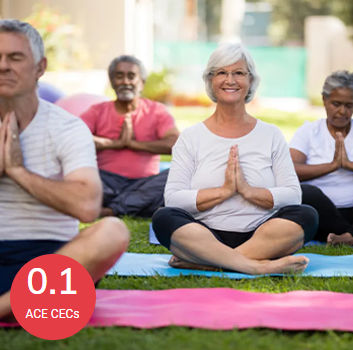 |
Ageless Mobility: Yoga for Seniors (worth 0.1 ACE CECs): Designed for both exercise professionals and yoga instructors, this course teaches you how to guide older adults through safe and effective yoga practices. Learn modifications, prop usage and techniques tailored to the senior population. |
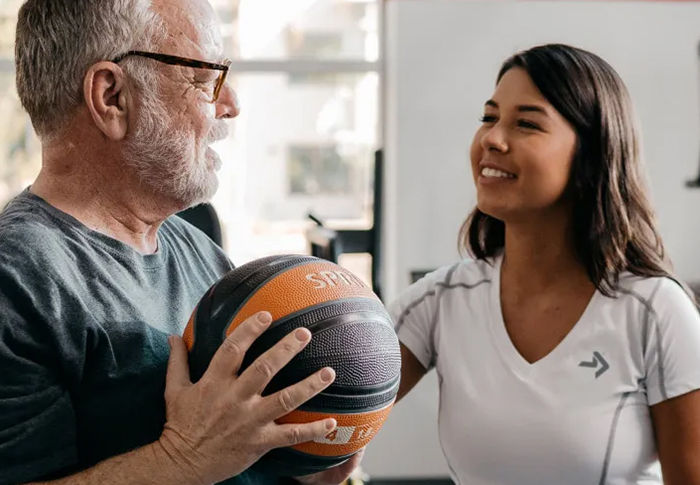
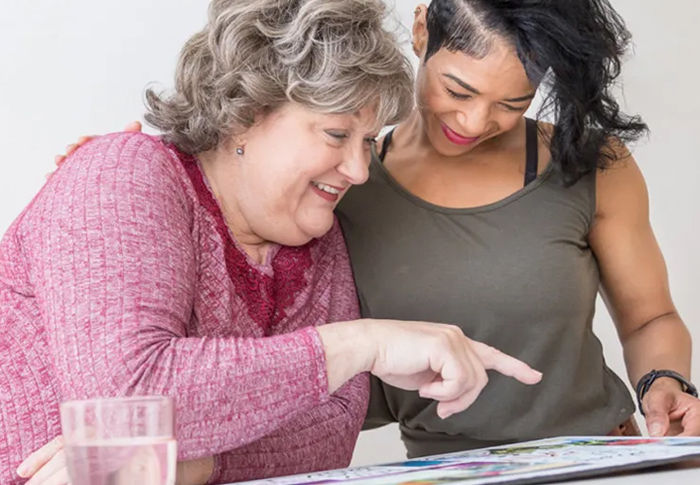
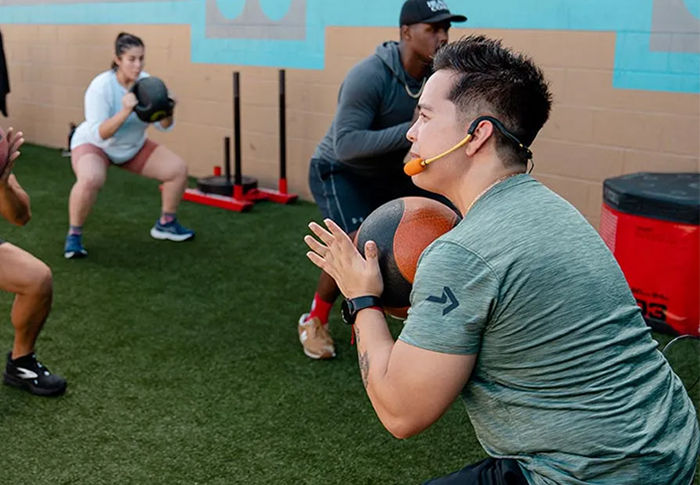
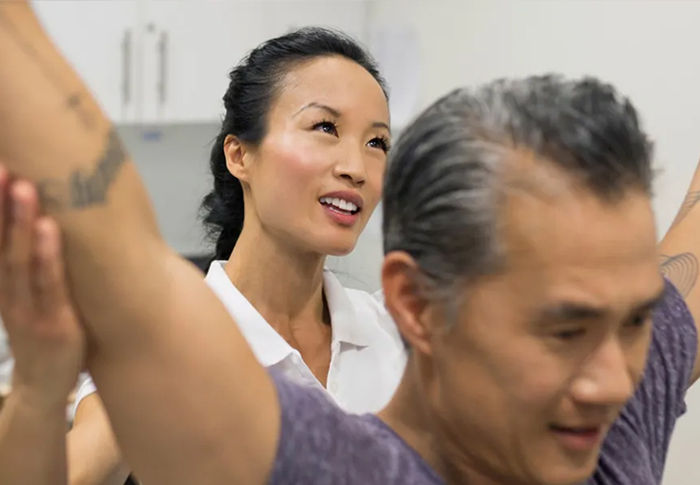
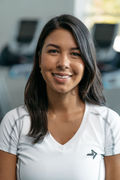 by
by 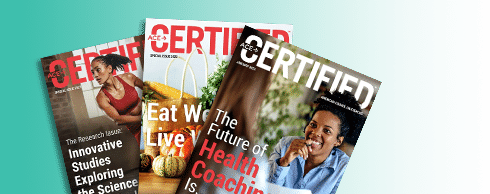




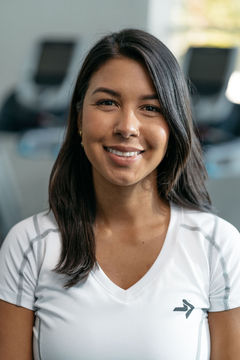


 by
by